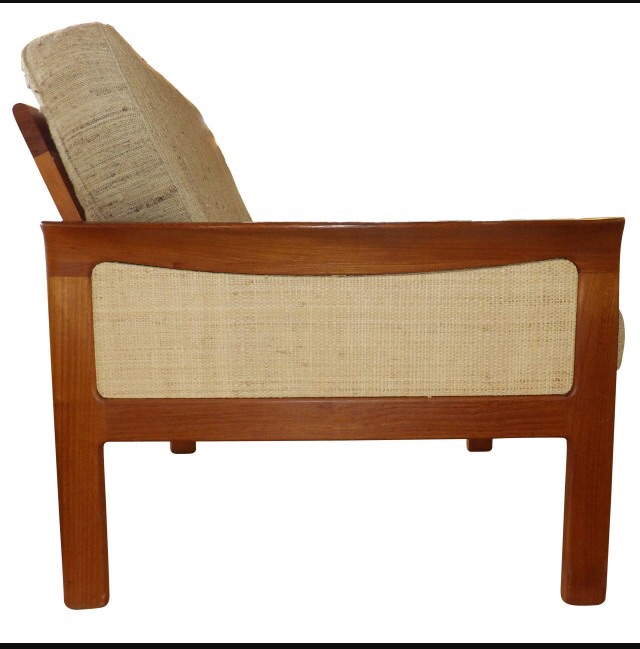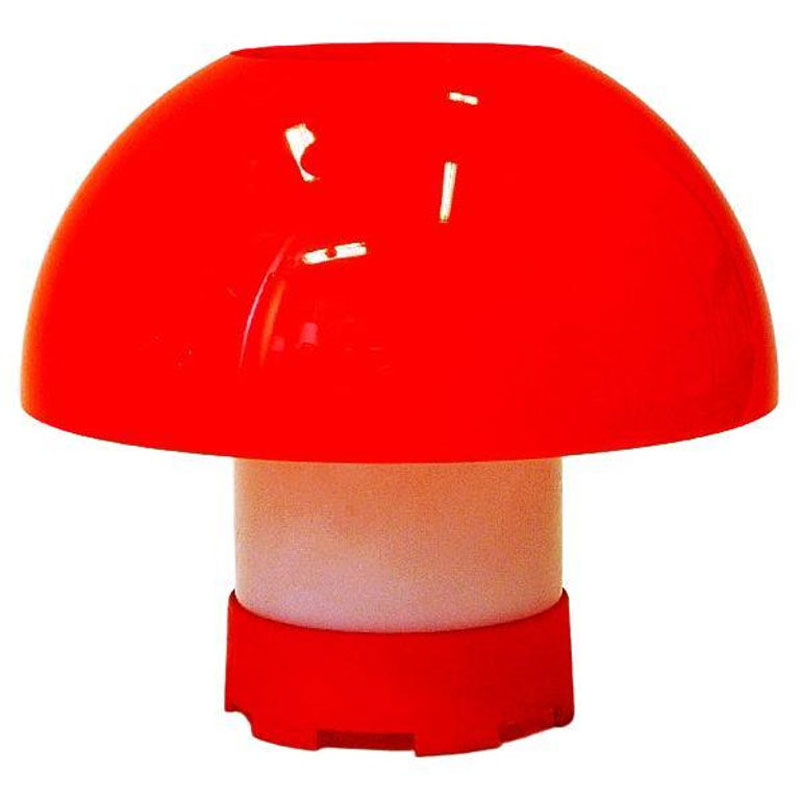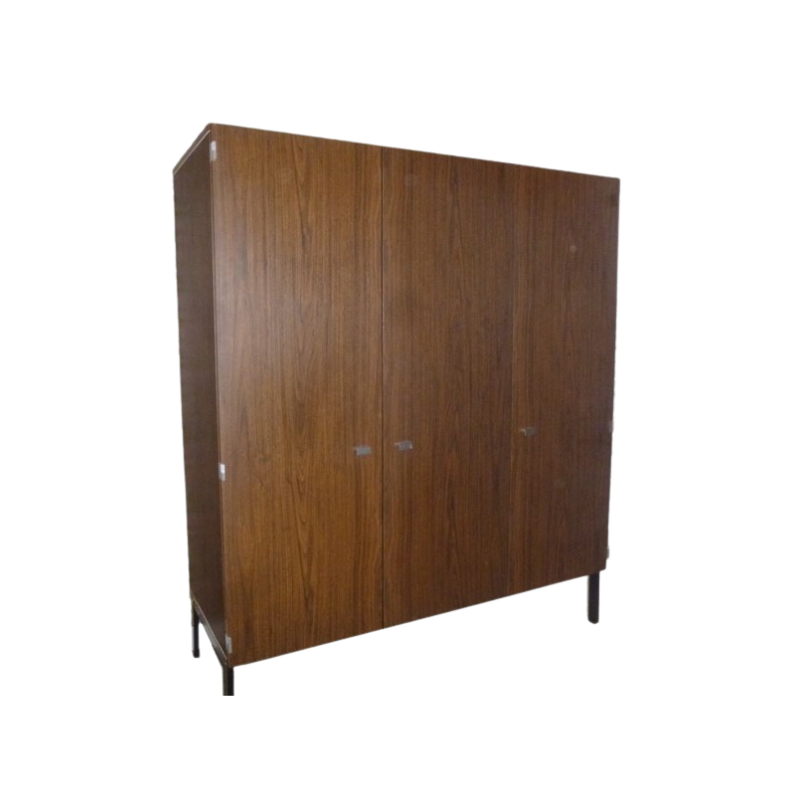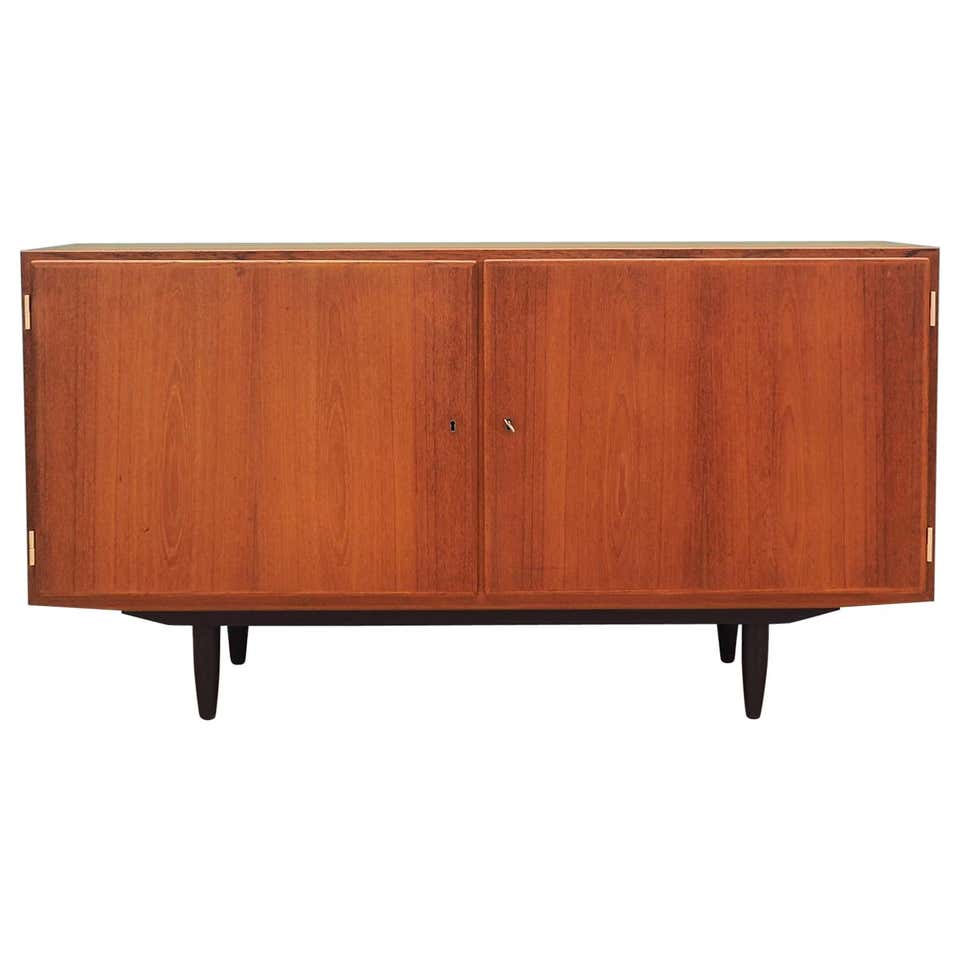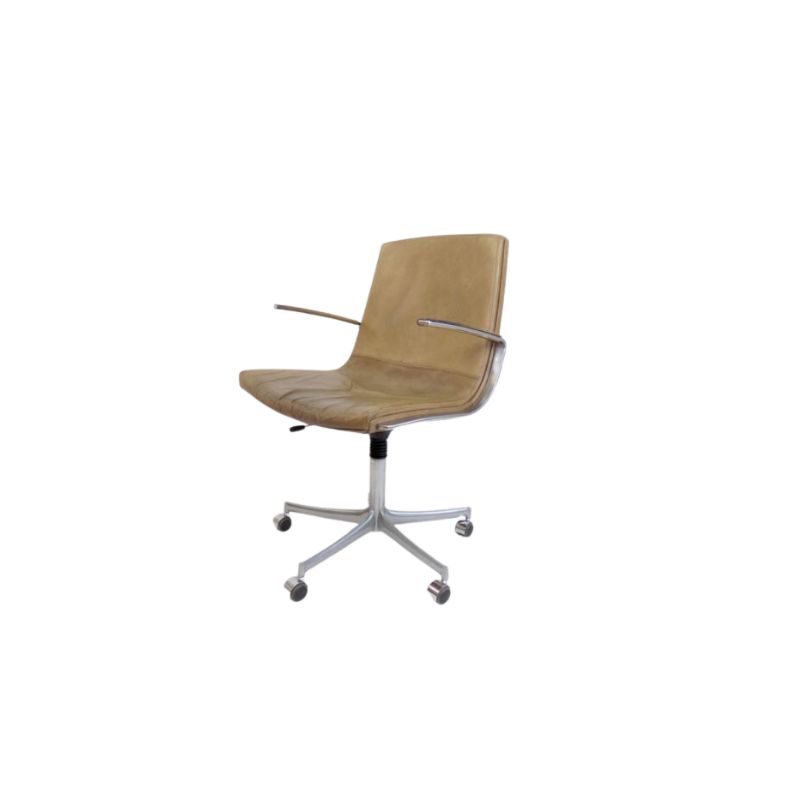The chair in your second post doesn't look like the same back as the one in your first post. Do the two chairs look that different in person?
In the second post, it looks like the upholsterer put the finish fabric on the back without anything under it to keep what looks like webbing ends showing through. Usually you would put the outside back fabric on last (not counting the dustcover on the bottom). Before the back goes on you would staple burlap or some other utility fabric over the open frame of the back, and often a thin layer of batting over the burlap if there was any worry about any little bumps or lumps telegraphing through. Maybe the guy forgot to do this. It's not hard to forget when you're finally at that point and just want to get the thing done.
I see what you mean, I thought maybe that the back had been elongated for comfort by the person reupholstering them. The photos are all of the same chair! I didn't take any of the second chair. The backs of both look exactly the same, bumpy. So Spanky you don't think the chairs originally may have had a shorter backrest?
I don't think they are a knockoff. The Scandinavian countries have/had a very different idea about social organization than the USA or a lot of other a Western countries.
The Danes all kind of designed in reference to each other, building a design identity that was more closely related to them a group entity, mirroring their conception of social organization. The Americans, by contrast looked each for their own individual design identity, with plenty of space between them. As a corollary to this you see what can be clearly categorized as a knockoff of an American design. But in Denmark, it is much harder to find a piece that is in-arguably a knockoff (there are some, but very few).
Where the Danes felt that it was acceptable to compete with their compatriots and distinguish themselves individually was in the details that most people don't notice. So you see (if you know where to look and how to see) absurdly high quality meticulous time-consuming methods of construction, and not infrequently these details will be hidden.
So I suspect these are late, as in late 60s or early 70s. Probably they will always be called generic. Or if you can pin them down to a company it will either be one you've never heard or, or something like Komfort (not high stature). And if you somehow get extremely lucky, you will probably discover the designer is somebody you've never heard of, or some fairly obscure designer like Sven Ellekaer.
There are lots of lounge chairs and sofas with woven rattan side panels so I don't think there's necessarily any relation at all between your chair and that one.
I guess the back *could* have been built up as part of the upholstery re-do, but I think it's far more likely that the 2nd guy just didn't add batting to the back. I just looked at your pics again and I see that there are three tufting buttons on the back. Tufting buttons have cords that are pulled through the padding (and springs, if any) to the back, then often stapled or tacked to a crosswise rail on the frame at that point. I'm quite sure that's what you are seeing in the photo in your second post---those three messy-looking bumps right at the angle line. Batting would keep these from showing.
The angle and height of the back are exactly right for the chair. There are lots of high back lounge chairs with this same angled back.
If you need any help, please contact us at – info@designaddict.com


 <img class="wpforo-default-image-attachment w
<img class="wpforo-default-image-attachment w
